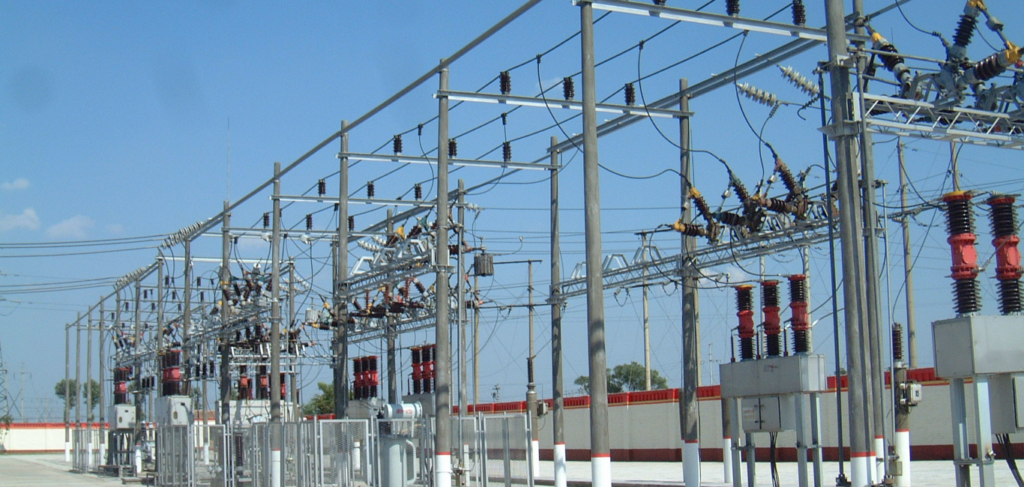At Decon, our design team is well-versed to take the following factors into consideration while designing a substation:
- Electrical requirements: This includes the voltage level, current capability, fault levels and type of electrical equipment that will be used in the substation.
- Load demand: The design must take into account the current and future load demand for the area served by the substation. The amount of power that the substation must be able to handle, including both the maximum and minimum power demand levels.
- Grid connectivity: The designers must analyze and consider the substation’s connection to the wider transmission & distribution network around the grid station and the type of equipment required to ensure seamless integration and connectivity to avoid power failures and shutdowns.
- Regulatory Requirements: The design must comply with local, national, and international electrical and safety standards (IEC/IEEE etc. Standards), as well as any other relevant regulations in order to ensure reliability and to attain timely approvals from the regulator/utility.
- Environmental conditions: This includes climatic conditions, weather conditions, air & noise pollution and seismic activity in the area, which can impact the design of the substation’s infrastructure and equipment.
- Safety and security: The substation must be designed to meet strict safety and security standards to protect personnel, equipment, and the surrounding community. For this reason, adequate system protection, including over‐current protection, ground‐fault protection, and differential protection, to prevent damage to equipment and ensure the safety of personnel. Adequate electrical clearances must be maintained between equipment and structures to ensure the safe operation of the substation.
- Site Conditions: The size and layout of the substation will depend on the availability of suitable land for the grid station. The physical characteristics of the site, such as topography and soil conditions will also influence the design of the substation.
- Cost constraints: The budget available for the project will impact on the design and equipment choices made for the substation. The cost of construction, materials, and equipment must be considered when designing the substation to ensure that it is economically feasible.
- Future Expansion: The design must consider the potential for future expansion of the substation and allow for additional equipment to be added as needed.
In summary, the design of a substation is a complex process that requires careful consideration of many factors and standards to ensure that the substation meets the electrical requirements, is safe, secure, cost‐effective, and is integrated into the wider electrical grid network it will serve.

